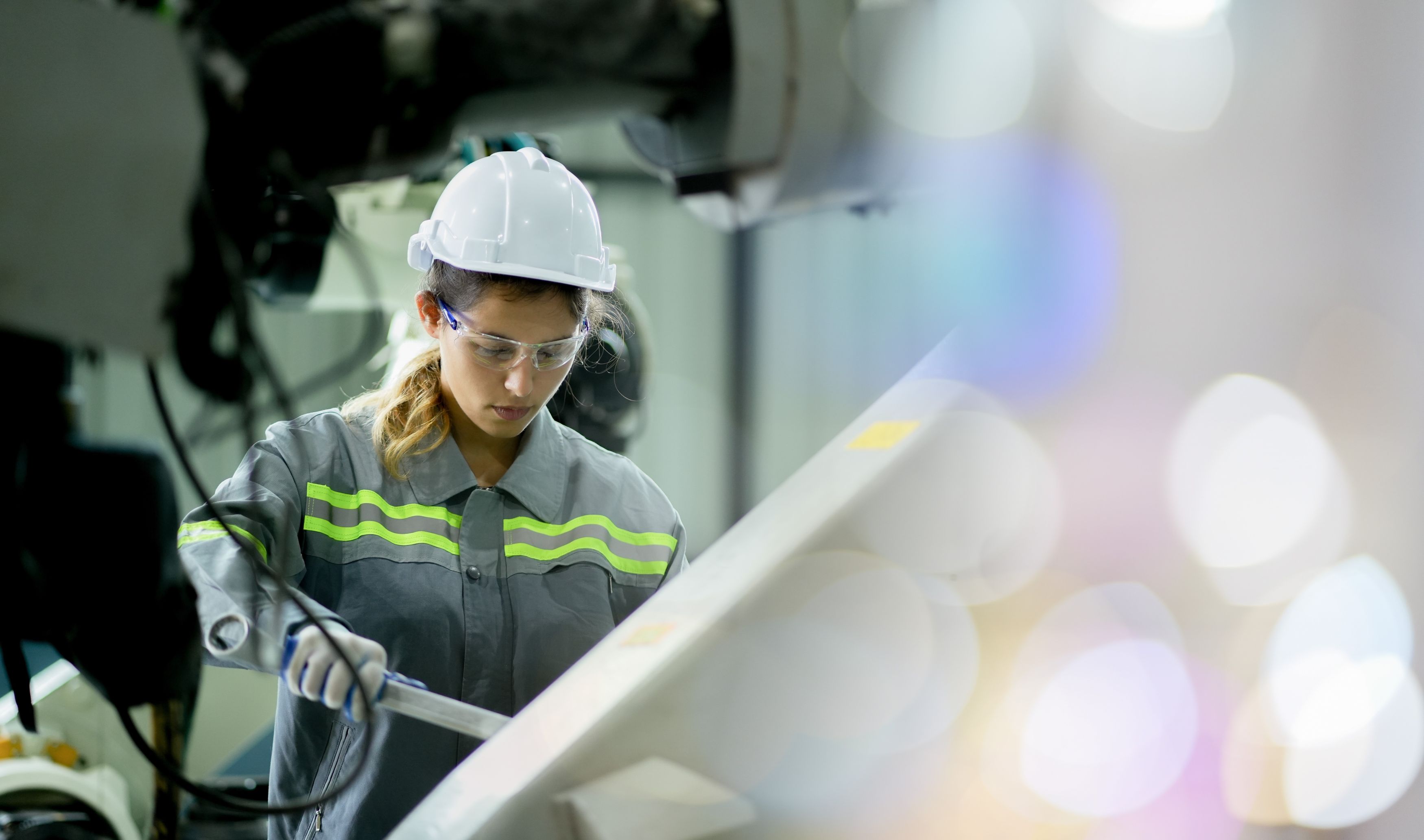The Evolving Mobility Workforce
To succeed in this changing landscape, mobility firms will need to prioritize and drive transformation that leads to a culture of creativity and collaboration. Organizations will need to invest in upskilling their existing workforce and monetary requirements to ensure they have the most competitive edge to thrive in the digital age. By staying ahead of the curve and cultivating an agile and forward-thinking workforce, mobility companies will be able to position themselves for long-term success in the rapidly evolving industry.
Open the Lens and Rethink Talent Sourcing
Uncovering Global Leadership Potential
Creating a culture of openness and collaboration is essential for integrating new leaders into the existing workforce. OEMs should encourage open communication, teamwork, and a willingness to embrace new ideas and perspectives. By fostering a culture of inclusivity and support, OEMs can help new leaders feel welcomed and valued within the organization.
Ultimately, the key to success in this new era lies in OEMs’ ability to adapt to change, embrace innovation, and leverage their leaders’ skill sets and perspectives. By taking a proactive approach to integrating new leaders and building a culture that supports collaboration and growth, OEMs can position themselves for success in an increasingly competitive and complex business environment.
While this insularity has its benefits, such as industry expertise and understanding of complex supply chains, it also limits competitive innovation. To stay competitive in the ever-evolving automotive landscape, companies should consider recruiting leaders from other industries who can offer fresh perspectives and drive strategic change.
Unbridled external hiring
Leaders who involve employees in the decision-making process are more likely to succeed. By starting small, leaders can build trust and credibility with their teams, allowing for more rapid growth and change in the long run.
Cultural training can help organizations understand the value that external hires bring and how to leverage their skills effectively. By embracing a more collaborative and inclusive approach, organizations can set themselves up for success with new leaders from nontraditional backgrounds.
Shifting employees laterally should have the autonomy and resources necessary to implement their expertise effectively. This level of independence allows them to bring fresh perspectives and innovative solutions and drive change within the organization. Additionally, it enables them to navigate challenges and opportunities with agility, maximizing their impact and contribution to the team. Ultimately, empowering lateral hires to make quick decisions fosters a culture of collaboration, adaptability, and continuous improvement within the organization.
OEMs struggling to hire and onboard leaders with different skill sets and backgrounds should also consider thinking outside the box. OEMs could also find value in expanding their current sourcing strategies to add variance and creativity to their talent pools. Organizations may consider fractional leadership for discrete projects.
Competing with global tech firms for talent
These candidates may come from the Magnificent 7, specifically semiconductor or software development firms.
Navigating Pay Structures for Leaders Beyond the OEM’s
Understanding an organization’s culture is crucial for successfully integrating different types of talent. This is particularly important when expanding hiring into areas with differing compensation structures. Executives, CHROs, and compensation committees must ensure they can afford to attract top tech talent while also aligning with the organization’s existing culture and values.
By thoroughly understanding the culture and external compensation structures, organizations can effectively integrate new talent and drive long-term success.
Culture Integration will be Imperative for Success
When people with nontraditional backgrounds join the team, it can be challenging to integrate and retain them. Traditional OEMs have historically had a multi-year plan for product development, and technology engineers from outside this industry often have a difficult time. Ensuring OEMs think and act more nimble can be a cultural clash.
Overcoming these challenges requires a shift in how mobility companies position themselves as employers and structure their work environments.
As the leader and founder of the phrase “Consulting Driven Executive Search”, Level 5 Partners know that the successful hire begins well in advance of the actual search. Steps should include the cultural assessment of the hiring team itself, those that will be interviewers, designing a library of unique interview questions, along with creating the panel of interviewers. Once someone is on board, the process should include a multi-month integration checkpoint with key stakeholders along with the newly hired executive to ensure all expectations are being achieved.
In addition, all parties (internal and external) must understand the company’s culture. Leaders who try to impose their own culture differently from the companies will ultimately fail. Level 5 Partners offers services to help companies expose their culture.
